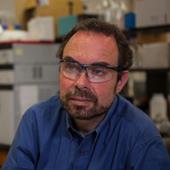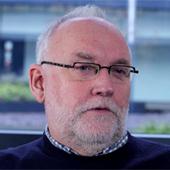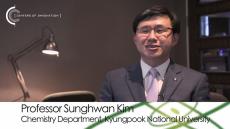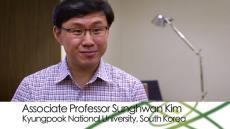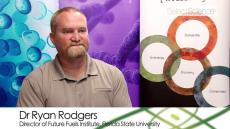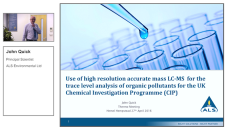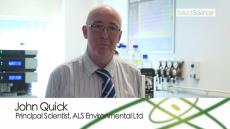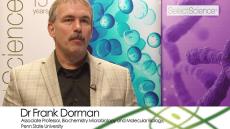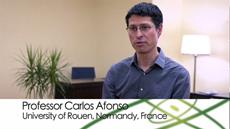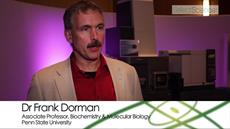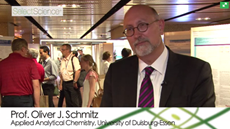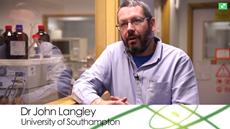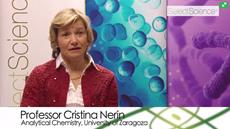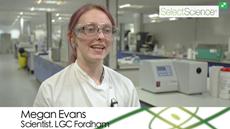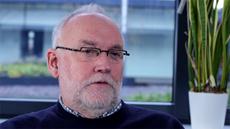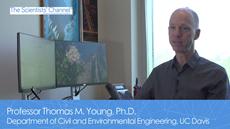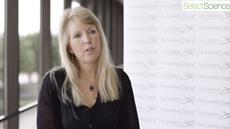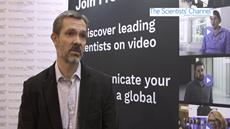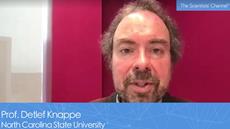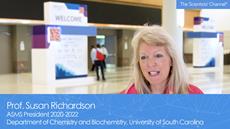- Partners for Progress in Oncology
- Accelerating Science Podcast
- Scientists' Choice Award® winners
- Blood testing
- Women in science
- SLAS
- Cell preparation, incubation & storage
- Microbiology & infectious disease
- Food safety & testing
- Cell culture
- Cancer research
- Cannabis testing
- Clinical laboratory diagnostics
- Mass spectrometry
-
More
Dr. Imma Ferrer
Center for Environmental Mass Spectrometry, University of ColoradoConquering Contaminant Analysis with Mass Spectrometry
13 Apr 2018
Imma Ferrer, of the environmental engineering department at the University of Colorado, USA, discusses her work involving the analysis of environmental matrices such as water, soil and food samples using state-of-the-art mass spectrometry systems. This technology enables scientists to detect extremely low concentrations of unknown, potentially harmful contaminants, and treat the samples accordingly.
Share this video
Related Scientists
-
 EnvironmentalProfessor Oliver J. Schmitz Applied Analytical Chemistry, University of Duisberg-Essen
EnvironmentalProfessor Oliver J. Schmitz Applied Analytical Chemistry, University of Duisberg-Essen -
 EnvironmentalDr. E. Michael Thurman Center for Environmental Mass Spectrometry, University of Colorado
EnvironmentalDr. E. Michael Thurman Center for Environmental Mass Spectrometry, University of Colorado -
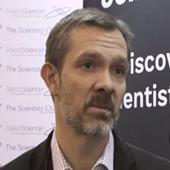
-

-
 EnvironmentalProfessor John Langley Head of Characterisation and Analytics, Department of Chemistry, University of Southampton, UK
EnvironmentalProfessor John Langley Head of Characterisation and Analytics, Department of Chemistry, University of Southampton, UK -

-
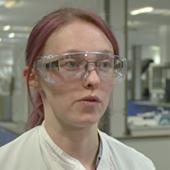
-
 EnvironmentalProfessor Thomas M. Young Department of Civil and Environmental Engineering, University of California, Davis
EnvironmentalProfessor Thomas M. Young Department of Civil and Environmental Engineering, University of California, Davis
-

-
 EnvironmentalProfessor Susan Richardson Professor of Chemistry at the University of South Carolina and ASMS President for 2020
EnvironmentalProfessor Susan Richardson Professor of Chemistry at the University of South Carolina and ASMS President for 2020 -

-
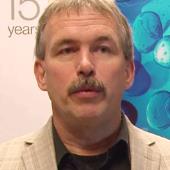
Related Content
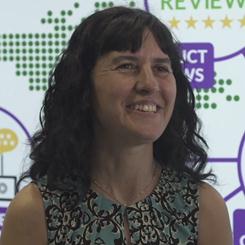
Dr. Imma Ferrer
Center for Environmental Mass Spectrometry, University of Colorado Center for Environmental...Biography
Dr. Imma Ferrer acquired her... MoreDr. Imma Ferrer
Center for Environmental Mass Spectrometry, University of Colorado
Dr. Imma Ferrer acquired her PhD in Environmental Analytical Chemistry from The Spanish National Research Institute, Barcelona, and went on to work as an associate in chemistry at U.S. Geological Survey, Denver, at the Colorado School of Mines, and at the University of Almeria. Dr. Ferrer is currently the Chief Analyst of the Center for Environmental Mass Spectrometry in the department of Environmental Engineering at the University of Colorado which was co-founded in 2008 with Drs. Michael Thurman, Karl Linden and Larry Barber. Dr. Ferrer has expertise in interpretation of mass spectra data in LC/MS-MS and LC/TOF-MS techniques. She has more than 20 years of experience developing analytical methods for the identification of small organic contaminants, and has published more than 95 peer review papers, and multiple books on advanced LC-MS methodologies. The aim of CEMS is to bring together the resources of the University of Colorado, government agencies (e.g. U.S. Geological Survey), and the private sector (e.g. Agilent Technologies, Inc.) to study environmental mass spectrometry in air, water, soil, and food, with state-of-the-art mass spectrometry techniques. Current areas of research include LC/TOF-MS Analytical Method Development for the accurate mass analysis of pesticides and pharmaceuticals in water samples, as well as for low ng/L level quantitation of contaminants. The CEMS also employs these techniques to identify unknowns in environmental, food, groundwater, drinking water and wastewater samples.


